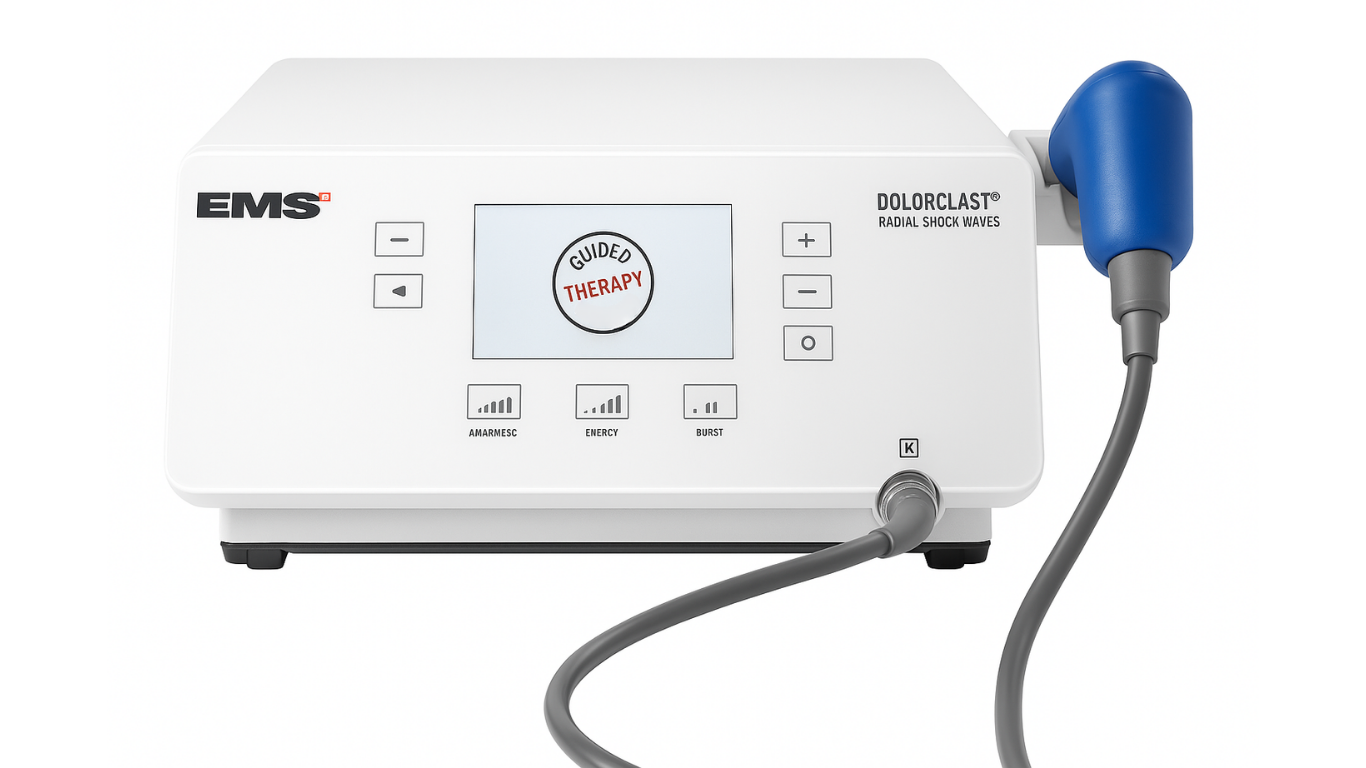Walking in for your first chiropractic visit can feel overwhelming. What will happen? Will it hurt? Is it actually safe? These are completely normal questions, and I’ve heard them countless times over my years of practice.
Let me put your mind at ease. Chiropractic care isn’t mysterious or scary. It’s a licensed healthcare profession that focuses on diagnosing and treating mechanical disorders of your musculoskeletal system through manual spinal adjustments and complementary therapies [1]. Think of it as helping your body work the way it’s supposed to.
The Science Behind Chiropractic Care
Your spine isn’t just a stack of bones. It houses your nervous system, which controls everything in your body. When your spine is properly aligned, your nervous system can function at its best, allowing your body’s natural healing abilities to work more effectively [3][8].
This isn’t wishful thinking. It’s based on solid science that shows how proper spinal alignment can optimize nervous system function and reduce pain throughout your body.
From 1895 to Today: How Chiropractic Has Evolved
Chiropractic care began in 1895 when D.D. Palmer performed the first spinal adjustment [4]. Since then, it’s grown far beyond its early roots. Today’s chiropractors combine time-tested manual techniques with modern rehabilitation strategies and evidence-based approaches [6][8].
We’re not stuck in the past. Modern chiropractic care incorporates the latest research while respecting the foundational principles that make this treatment so effective.
What Conditions Respond Well to Chiropractic Care?
The research is clear about where chiropractic care shines. Studies show it’s particularly effective for:
- Acute and chronic low back pain – with significant improvements in pain and function [9]
- Neck pain – showing substantial effect sizes in clinical trials [10]
- Migraines – with 22% of patients experiencing over 90% improvement in frequency [11]
- Various neuromusculoskeletal conditions – especially when combined with targeted exercises [13]
I’ve seen these results firsthand in my practice. Just last week, a patient who’d been dealing with chronic neck pain for months experienced significant relief after just three sessions.
Is Chiropractic Care Safe?
This is probably your biggest concern, and rightfully so. The good news? Chiropractic care has an excellent safety record. Serious adverse events occur in less than 0.02% of cases [12]. That’s incredibly rare.
The most common side effect? Temporary soreness, which happens in about 5-15% of patients [19]. This usually goes away within a day or two and is similar to the soreness you might feel after starting a new exercise routine.
Compare this to NSAIDs (like ibuprofen), which carry higher risks of serious side effects including stomach ulcers and cardiovascular problems. Chiropractic care is actually much safer for managing chronic pain [19].
Your Treatment Doesn’t End When You Leave the Office
Here’s something many new patients don’t realize: what you do at home matters just as much as what happens during your appointments. Research shows that combining chiropractic care with home exercises improves 12-month outcomes by 38% [11].
Simple ergonomic changes to your workspace can reduce your risk of recurring problems by 29% [12][18]. It’s not just about fixing the problem – it’s about preventing it from coming back.
Practical Tips for New Chiropractic Patients
Before your first visit, consider these helpful tips:
- Ask about pre-adjustment imaging if you have a complex history – it helps your chiropractor understand your unique anatomy
- Use ice for the first 48-72 hours after an injury, then switch to heat therapy [9]
- Practice pelvic tilt exercises three times daily during acute pain phases to support your treatment [13]
- Set up your workspace properly – your elbows should be at about a 15-degree angle when typing [12]
What to Expect During Your First Chiropractic Visit
Ready to find relief? Schedule an appointment online or visit us at Brooklyn Chiropractic Care, 112 Greenpoint Ave. STE 1B, Brooklyn, NY 11222. Experience relief, Embrace Wellness!
References
- National Center for Complementary and Integrative Health – Chiropractic: In Depth
- Human Health – Chiropractic Subluxation Theory
- Core Chiropractic – History of Chiropractic
- PubMed – Evolution of Chiropractic Practice
- PubMed – Chiropractic Principles and Practice
- PhysioTattva – How Chiropractors Help with Sciatica
- ChiroHub – The Safety of Chiropractic Care
- Care Chiropractic NY – Headaches with Chiropractic Care
- HH Health – Ice or Heat for Back Pain Relief
- Mayo Clinic Health System – Low Back Pain Exercises
- Spine Health – Spine Health and Wellness
- Ergo Plus – Office Ergonomics Tips
- ChiroHub Research – Chiropractic Safety Profile
